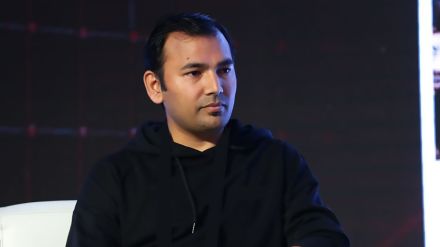By Neeraj Sharma
The strategy of utilising famous players and sports leagues in different ways has been a part of advertising and marketing for a long time. If we were to recall a few highlights of the past, it must begin with Pelé: Puma and the Pause campaign. All it took was 42 seconds for Pele to tie up his shoelaces during the 1970 FIFA World Cup final. The Brazilian star player stood in the midfield and requested the referee to pause the game for a minute. Since Pele knew that he would be the centre of attention, it automatically put his Puma shoes in the limelight and created one of the first viral sports marketing campaigns.
Coming to the world of cricket, Pepsi’s most viral campaign was “Change the Game” during the 2011 ICC Cricket World Cup. It featured some of the world’s biggest cricket stars in a never-seen-before manner by celebrating the cricketers’ signature moves in a different setting.
If any brand needs to align its marketing strategy, it will look at the massiveness and the pull factor of the event, in addition to understanding the target segment it is catering to. These sports leagues and tournaments provide an ideal opportunity to target and cater to millions across the globe. Looking at the official sponsors for FIFA 2022 such as Adidas, Coca-Cola, Hyundai-Kia, QatarEnergy, Qatar Airways, and Visa, are all traditional companies but captured vertical-wise from different sectors. With sponsorship rising, measuring effectiveness at every step has become crucial for brands. Companies are already shifting their focus to first-party data ownership strategies. The key factor here would be how brands who are associating themselves with sports try to bridge the gap and start getting real tangible use of products.
Businesses are keen to make a lasting impact, that ensures personalised marketing experiences based on the user’s past interactions with a particular brand or industry. By keeping up with the trends and understanding their target audience every time they strategise a campaign, be it the geographical location, demography, interests, or income. Using interactive content by gauging the audience across platforms has become equally important. It comes as no surprise that firms that offer creative communication that often translates to a higher click-through rate with the help of ‘intelligent segmentation’.
A Nielsen Sports 2022 report outlines how a fan’s viewing experience has also changed. 40.7% of global sports fans now stream live sports through digital platforms. And, sports viewership has become a multi-screen experience, with 47% of people who watch sports simultaneously interacting with other live content, increasing by 5% over the last year.
Companies are also looking to keep the customer acquisition cost (CAC) at the bare minimum. The most effective metric to identify or determine profitability is to see if a business can reduce CAC and see higher numbers in its total profits. It is a known maxim in marketing circles that acquiring a new customer is always more expensive than retaining the existing one.
What the future holds:
The esports industry holds a lot of scope for advertisers. With global esports sponsorships expected to hit $1 billion by the end of 2022, it is becoming an obvious choice for robust sponsorships because of its ability to build awareness and connect brands with new and younger audiences in an innovative way.
Influencer athletes are also increasingly becoming popular and influential in highlighting and amplifying campaigns. Brands will also look at creating a connection with their consumers, as it increases the chances of engagement beyond a season or a league and creates a driving force for digital marketing.
The author is the vice president (Global Business) at Globale Media
Also Read: Disney+Hotstar launches ‘Follow On’ to give real-time accounts of the cricket matches
